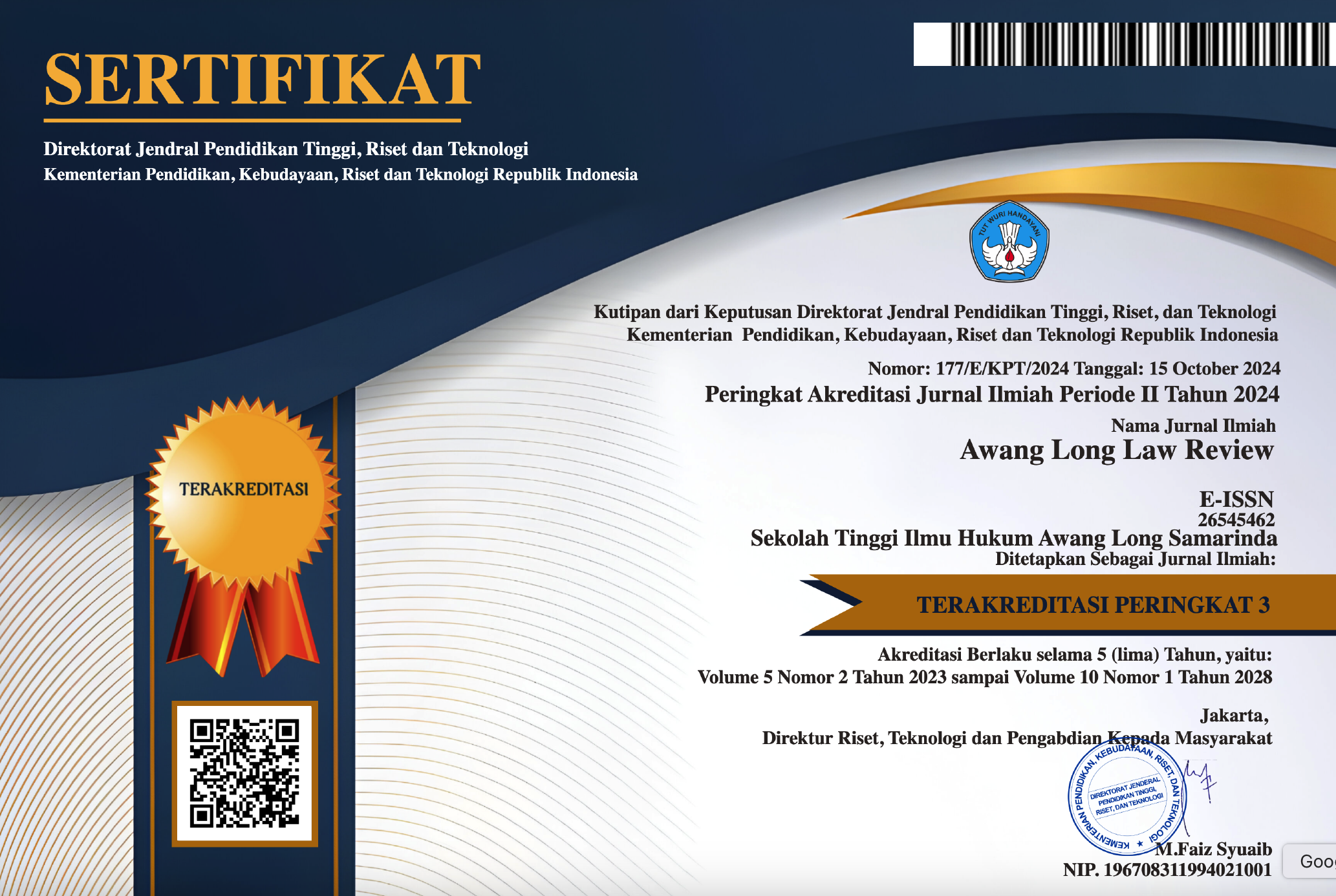COMPARISON OF NATIONAL DEVELOPMENT IMPLEMENTATION WITH/WITHOUT THE OUTLINE OF THE COUNTRY
Abstract
By returning the GBHN, government administration is more focused, there are checks and balances from other state institutions from the implementation of government and more democratic development because it involves the community through their representatives. This study aims to analyze the comparison of the implementation of national development with/without the Outlines of State Policy (Comparative Study of Government 1973-1999 and Government 1999–Present). the most important is the binding force and the value of the constitutionality of each policy. Then take the opportunity to revive the GBHN as the basis for National Development. This type of research is normative legal research because this research is intended to analyze secondary data related to the authority of the People's Consultative Assembly in determining the policies of the national development plan. In normative legal research, only library materials or secondary data include primary, secondary, and tertiary legal materials. Based on the type and nature of the research determined, the data analysis used was qualitative analysis. The results of this study conclude that reviving the GBHN in state administration is a national development solution in the form of a GBHN that does not conflict with the presidential system of government. By placing the GBHN as the Principal Directions of State Policy in the 1945 Constitution and not using it as a means of accountability for the President and Vice President.
Downloads
Copyright (c) 2021 Awang Long School of Law

This work is licensed under a Creative Commons Attribution-ShareAlike 4.0 International License.







